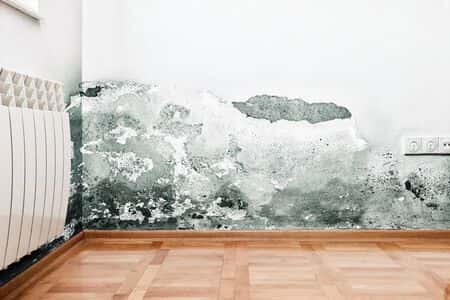This case involves a man whose home, a stucco-walled building, was flooded following a hurricane in his area. The man had his home covered by flood insurance, and was told by the insurance company that they would hire a contractor to remediate the water damage as part of his coverage after the FEMA cleanup crews had worked through the area. The crew employed by the insurance company, despite multiple complaints by the homeowner, failed to adequately address many areas of his home that had been damaged by the floodwaters. Over the next few months, the man experienced progressively worsening respiratory symptoms. Eventually, it was discovered that toxic black mold was growing in several of the water damaged areas of his home.
Question(s) For Expert Witness
1. What is the standard protocol for water mitigation in a home?
Expert Witness Response E-007427
The standard protocol for water mitigation in a home would be as follows: 1. Understand the source of the water intrusion: Where it came from, where it went, and what kind of water it is. 2. Map the wet areas of the building. 3. Understand the materials impacted; their susceptibility to water damage and any drying challenges they present. 4. Extract as much water as possible from the building and materials to be salvaged (i.e. carpeting). 5. Remove wet non-salvageable materials (i.e. damaged drywall, insulation, carpeting). 6. Provide access to hidden areas and cavities (i.e. cabinet kick plates, wall cavities) so that those areas can dry. 7. Stock the project with the proper amount and proper type of drying equipment to reasonably facilitate drying to dry standard within a three day window. 8. Record indoor and outdoor temperature and humidity readings daily. 9. Check the drying progress daily. Adjust, add, and/or remove equipment as moisture readings dictate. 10. Log the drying progress daily to provide verification of drying to dry standard.
Expert Bio
This expert has over 25 years of experience in the construction, maintenance, repair, and restoration industry. An active general contractor, he currently serves as the president of a property remodeling and restoration firm. He holds various certifications and designations from the Restoration Industry Association and the National Association of Homebuilders.
About the author
Joseph O'Neill
Joe has extensive experience in online journalism and technical writing across a range of legal topics, including personal injury, meidcal malpractice, mass torts, consumer litigation, commercial litigation, and more. Joe spent close to six years working at Expert Institute, finishing up his role here as Director of Marketing. He has considerable knowledge across an array of legal topics pertaining to expert witnesses. Currently, Joe servces as Owner and Demand Generation Consultant at LightSail Consulting.



